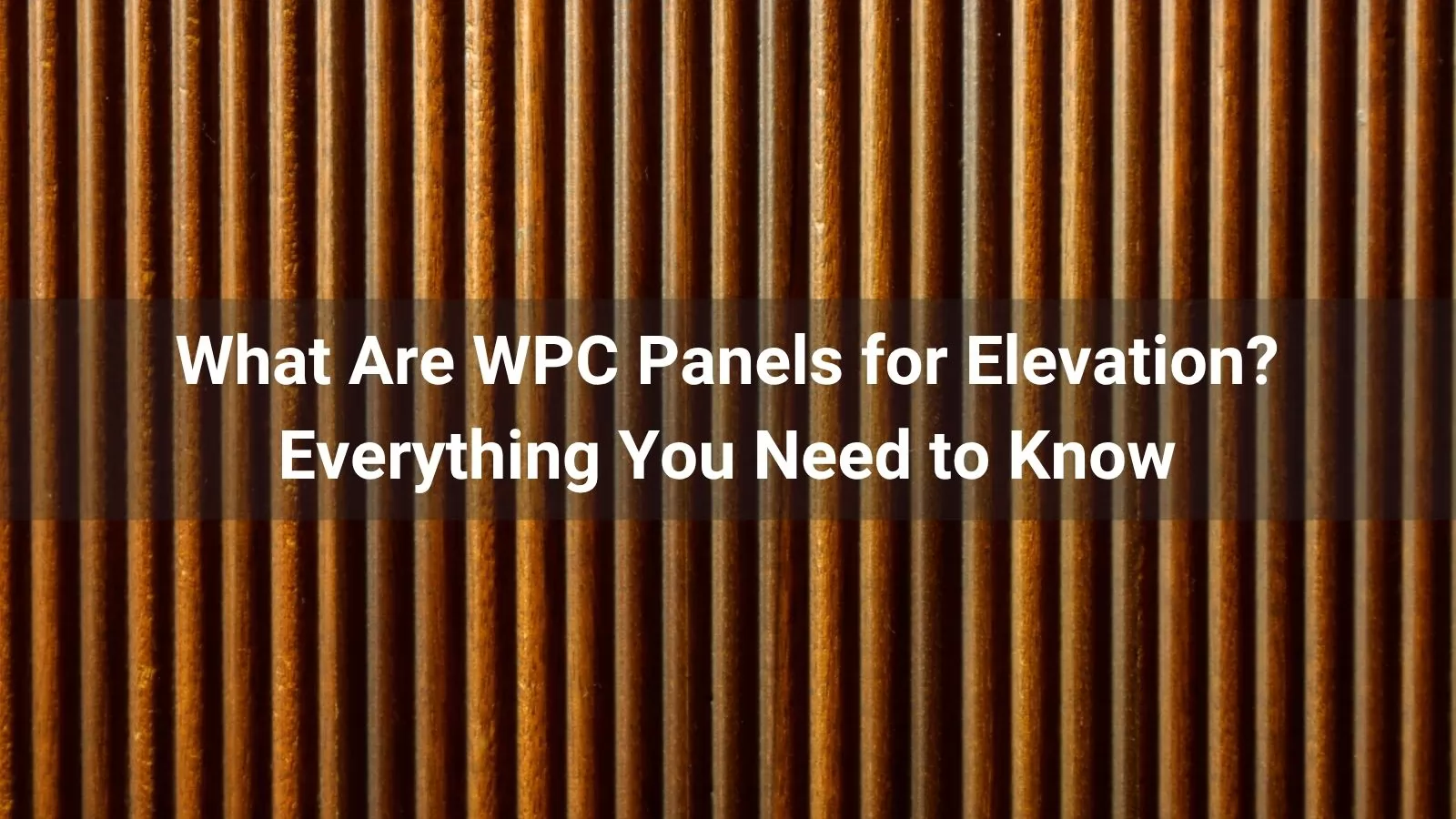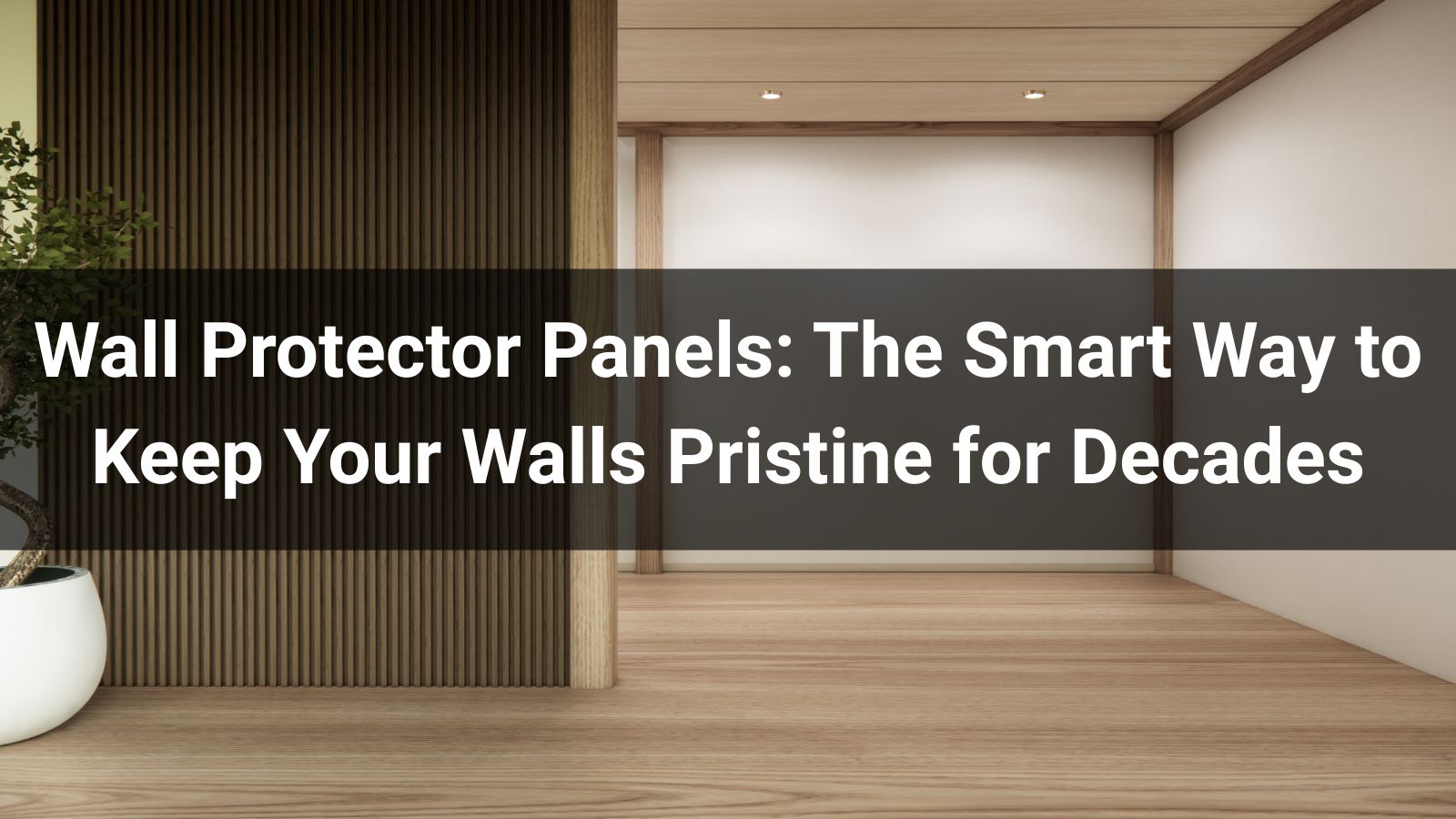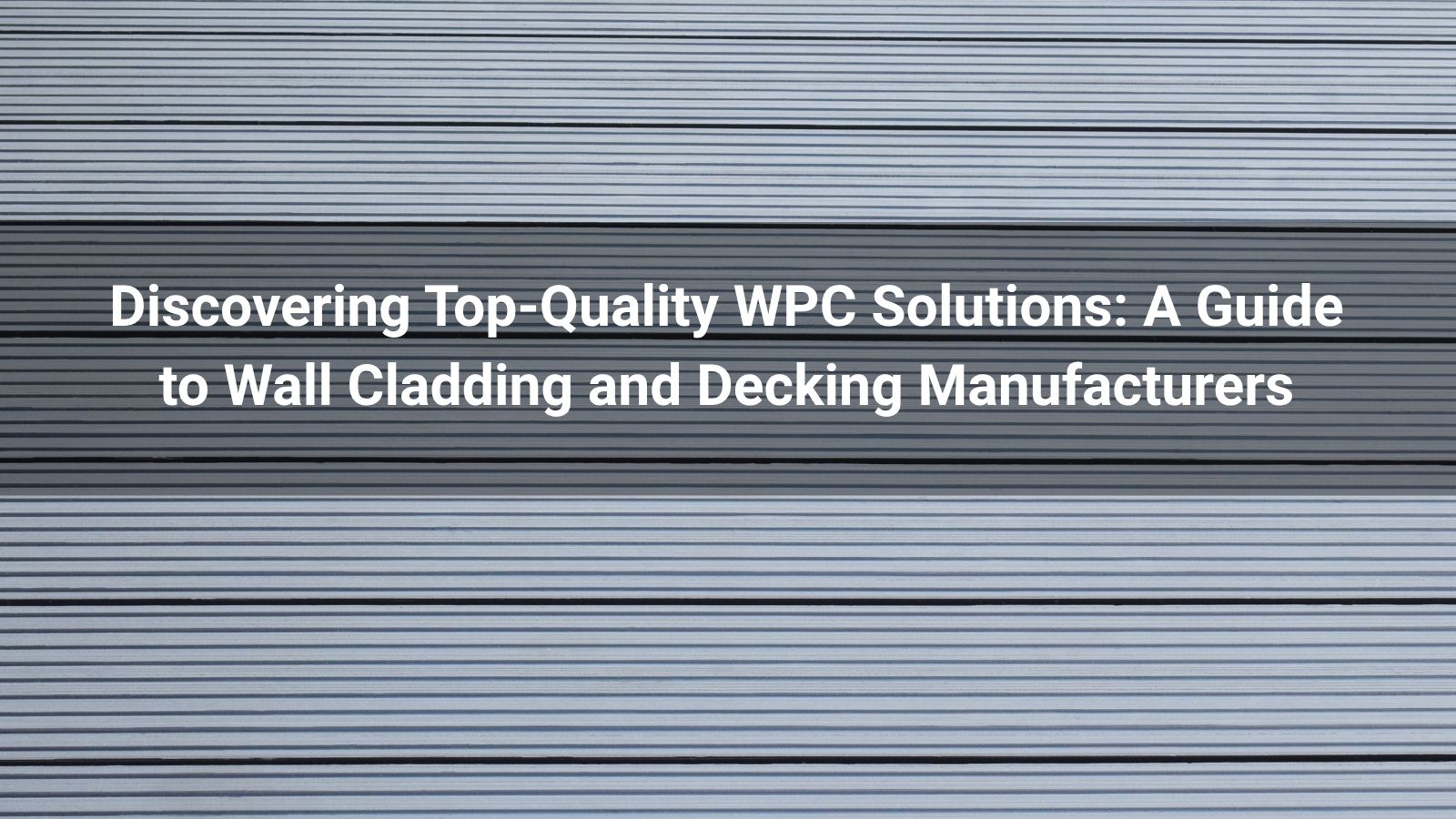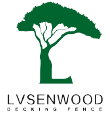

Wood-Plastic Composite (WPC) panels have emerged as a popular choice for building elevations due to their durability, aesthetic appeal, and eco-friendly properties. These panels are widely used in modern architecture to enhance the exterior of residential, commercial, and industrial structures. This article explores what WPC panels are, their benefits, applications, and everything else you need to know about using them for elevations.
Table of Contents
WPC panels are composite materials made from a blend of wood fibers or wood flour and thermoplastics, such as polyethylene, polypropylene, or PVC (polyvinyl chloride). Additives like stabilizers, pigments, and bonding agents are included to enhance the material’s strength, appearance, and resistance to environmental factors. For elevations, WPC panels are designed to serve as cladding or facade materials, providing both functional and decorative benefits to building exteriors.
Unlike traditional wood, WPC panels are engineered to withstand harsh weather conditions, resist pests, and require minimal maintenance. Their versatility makes them suitable for various architectural styles, from contemporary to rustic designs.
WPC panels are an ideal choice for exterior building elevations due to their exceptional features. Highly resistant to rain, UV rays, and extreme temperatures, these durable panels combine wood and plastic to prevent warping, cracking, or rotting, unlike natural wood. They require minimal maintenance, needing only occasional cleaning with water and mild detergent to maintain their appearance. Available in a wide range of colors, textures, and finishes, WPC panels offer aesthetic versatility, mimicking materials like wood or stone for creative designs. Many are eco-friendly, made from recycled materials, and some are treated with fire-retardant chemicals for enhanced safety. Lightweight and designed for easy installation with interlocking systems or simple mounting techniques, WPC panels ensure both practicality and long-lasting performance.
Using WPC panels for building elevations offers several advantages over traditional materials like wood, metal, or concrete:
Cost-Effective: While the initial cost may be higher than some materials, the long-term savings from low maintenance and durability make WPC panels a cost-effective option.
Enhanced Insulation: WPC panels can provide thermal and acoustic insulation, improving energy efficiency and reducing noise pollution.
Customizability: Architects and designers can choose from various sizes, shapes, and finishes to achieve the desired aesthetic for a building’s facade.
Resistance to Pests and Mold: Unlike wood, WPC panels are not susceptible to termites, insects, or fungal growth, ensuring a longer lifespan.
Sustainability: By utilizing recycled wood and plastic, WPC panels contribute to reducing deforestation and plastic waste.
Quick Installation: The lightweight nature and modular design of WPC panels allow for faster installation, reducing labor costs and project timelines.
WPC panels are highly versatile and suitable for a wide range of building elevations. In residential settings, they enhance the exteriors of homes, villas, and apartments, offering a modern or traditional aesthetic based on the chosen design. For commercial structures like offices, retail spaces, and hotels, WPC panels create visually striking facades that attract customers and align with brand identity. Industrial facilities, such as factories and warehouses, benefit from their durable, low-maintenance cladding solutions. Public infrastructure, including schools, hospitals, and government buildings, leverages the panels’ durability and aesthetic flexibility. Additionally, WPC panels are ideal for renovation projects, providing a cost-effective way to refresh older buildings with a modern look without requiring extensive structural modifications.
WPC panels come in different types to suit various design and functional requirements:
Solid WPC Panels: These are denser and heavier, offering superior strength and insulation. They are ideal for high-impact areas or extreme weather conditions.
Hollow WPC Panels: Lighter and more cost-effective, hollow panels are suitable for decorative purposes and areas with less structural demand.
Textured WPC Panels: Designed to replicate natural materials like wood grain or stone, these panels are popular for aesthetic-focused projects.
Coated WPC Panels: These have an additional protective layer to enhance UV resistance, color retention, and durability.
Installing WPC panels for building elevations is a straightforward process that demands precision for a seamless finish. It begins with surface preparation, ensuring the wall is clean, dry, level, and free of cracks or damage. Next, a metal or wooden framework is secured to the wall to provide a stable base for mounting. WPC panels are then cut to size and fitted onto the framework using screws, clips, or adhesive, depending on the system. The panels are interlocked or joined to form a uniform surface, with corners, edges, and joints sealed for a polished appearance. A final inspection ensures proper alignment, stability, and aesthetic consistency. For optimal results and long-term performance, professional installation is recommended.
To extend the lifespan of low-maintenance WPC panels, follow these care tips. Regularly clean the panels with water and mild detergent to remove dust, dirt, or stains, while avoiding harsh, abrasive chemicals that could damage the surface. Periodically inspect the panels for signs of wear or loose fittings, addressing any issues promptly to prevent further damage. Additionally, protect the panels from heavy impacts or sharp objects that could cause scratches or dents, ensuring their long-term durability and aesthetic appeal.
While WPC panels offer numerous advantages, several considerations should be noted. The initial cost of WPC panels may be higher than traditional materials, though their long-term savings often offset this expense. Quality varies significantly, as low-grade panels may fade or degrade quickly, making it crucial to select reputable brands. Additionally, WPC panels can experience slight thermal expansion or contraction with temperature fluctuations, necessitating proper installation to accommodate these changes. Lastly, as primarily decorative elements, WPC panels have limited load-bearing capacity and are not designed to support heavy structural loads.
|
Material |
Durability |
Maintenance |
Aesthetic Options |
Cost |
Eco-Friendliness |
|---|---|---|---|---|---|
|
WPC Panels |
High |
Low |
High |
Moderate |
High |
|
Natural Wood |
Moderate |
High |
High |
High |
Low |
|
Aluminum |
High |
Low |
Moderate |
High |
Moderate |
|
Brick |
High |
Low |
Low |
High |
Moderate |
|
Vinyl Cladding |
Moderate |
Low |
Moderate |
Low |
Low |
WPC panels strike a balance between durability, aesthetics, and sustainability, making them a competitive choice for modern elevations.
WPC panels for elevation are a versatile, durable, and eco-friendly solution for enhancing the exterior of buildings. Their ability to withstand harsh weather, low maintenance requirements, and aesthetic flexibility make them a preferred choice for architects, builders, and homeowners alike. Whether you’re designing a new structure or renovating an existing one, WPC panels offer a practical and visually appealing option for creating stunning building facades.
By understanding the features, benefits, and installation process of WPC panels, you can make an informed decision for your next elevation project. With the right choice of panels and professional installation, your building can achieve a modern, long-lasting, and sustainable exterior that stands out.











